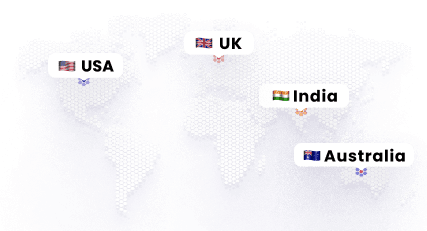Cloud Transformation Introduction
Shift to the cloud is accelerating and its clearly visible by: more than 50% revenue growth of Amazon AWS over last few years, SAP raising its revenue forecast for next few years as its cloud growth quickens, cloud is becoming a boardroom agenda with commitment from IT to move more & more of workload to cloud.
The typical initial approach taken by the clients is moving the simple workload to IaaS offering on cloud (aka lift and shift), while this may prove the readiness, real benefits occur when clients move relatively complex workloads (applications) to PaaS and SaaS offerings on the cloud. A gradual and methodological approach towards cloud maturity is required. We at NTT DATA Services have put a proven approach encompassing stages: building cloud strategy- application portfolio analysis – executing pilots – migration factory – standardizing cloud platform (PaaS with its services) – DevOps and continuous improvement on the cloud. Organizations that move to a cloud platform can benefit from significant and continuous innovation in IT platforms including cognitive, automation while progressing with data security and compliance challenges.
Benefits
The benefits of moving to the cloud are enormous. The first stage is getting infrastructure on demand (IaaS), compared to in-house IT that typically takes weeks/months to procure-provision IT infrastructure. Once organizations start moving apps to cloud, the next step would be tools/application rationalization, resulting in standardization, reuse, and further cost savings. When organizations move towards ‘Cloud Native’ and start developing applications on clouds using platforms like Cloud foundry – that is when you get a complete cloud ecosystem from design, build, test, release, deploy and maintain. SaaS provides business solutions on-demand, at scale with no/little upfront cost and application owners don’t need to worry about costly, time-consuming and sometimes manual upgrades of in-premise installed packaged applications (ERP, CRM). In a cloud mature organization, the business would consume IT (on demand) rather than building it.
This migration to the cloud would bring significant change in enterprise IT services space. Traditional on-premise IT services would reduce significantly, while a cloud-related migration, managed services and development on the cloud could increase significantly.
Cloud provides enormous benefits and there are only a few organizations, however, they are using the cloud to its full potential. Those who put off these decisions until the next quarter risk falling even further behind.
You can contact our team for any work related to cloud transformation to get a proper solution.






